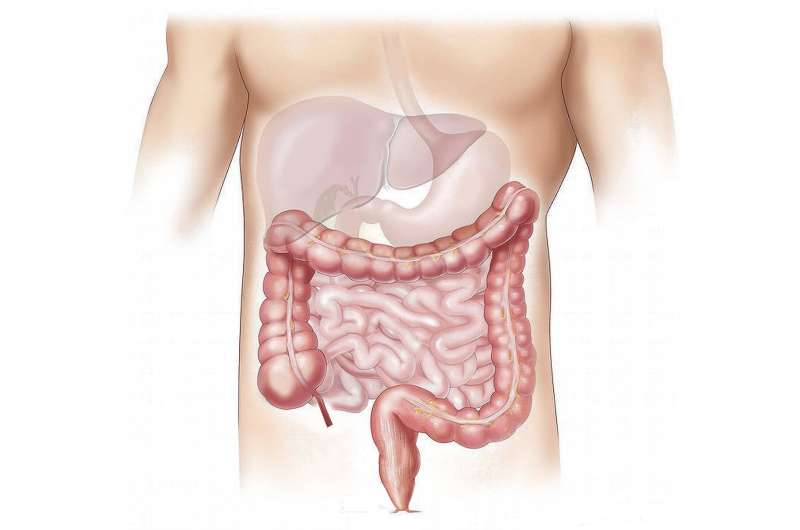How Inflammation Reshapes Nerve Responses to Cause Pain from Touch

Recent research from the National Institutes of Health (NIH) has shed light on how inflammation can alter the function of nerve cells in the skin, leading to pain sensations from touch and temperature that are typically harmless. The study focuses on somatosensory neurons, the nerve cells responsible for detecting stimuli like heat and pressure, and how their responses change during inflammation.
Using advanced imaging and molecular analysis in mice, scientists identified how different types of nerve cells are activated by innocuous stimuli such as gentle warmth or light touch, versus noxious stimuli that pose potential tissue damage. Interestingly, distinct cell types handle warm and tactile signals under normal conditions. However, when the stimulus becomes intense, some nerve cells overlap in their roles, transmitting both heat and pressure signals.
A key part of the investigation involved injecting prostaglandin E2 into the skin, a compound known to induce inflammation and pain. This inflammation triggered sustained activation and sensitization of nociceptors—neurons that signal pain—particularly in response to heat. This prolonged activity explains why heat becomes more painful during inflammation.
One unexpected finding was that the normal detection of touch remained unchanged despite the ongoing sensitization to heat. Instead, inflammation caused hypersensitivity to touch, known as tactile allodynia, which is attributed to the heightened activity of nociceptors superimposed on normal touch sensations. The ion channel PIEZO2 was identified as a critical player in this process.
The implications of this research extend beyond mice, as the neural pathways involved are similar in humans. By understanding how various cells and molecules amplify pain signals, scientists aim to identify 'switches' that can be targeted to reduce or block pain. This research opens new avenues for developing precise pain treatments based on cellular and molecular mechanisms.
Stay Updated with Mia's Feed
Get the latest health & wellness insights delivered straight to your inbox.
Related Articles
Study Confirms Persistence of Bird Flu in Raw Milk Cheese
A recent study reveals that raw milk cheese can harbor viable avian influenza H5N1 virus, even after long aging periods, highlighting significant health risks and the need for stricter safety measures in dairy production.
New Research Clarifies Risks and Outcomes for Preterm Infants with Rare Bowel Obstruction
Discover the latest research on meconium-related obstruction in preterm infants, highlighting its risks, surgical needs, and impact on neonatal outcomes, with insights from UCLA experts.
Climate-Driven Shifts in California: Fewer Cold-Related Deaths but Rising Heat-Related Emergency Visits
California is experiencing a shift in climate-related health impacts, with fewer cold-related deaths but increasing heat emergencies, emphasizing the need for tailored public health responses amid climate change.
Deciphering Early Onset Bowel Cancer: Identifying 10 Vital Biomarkers
Research led by Professor Samuel investigates 10 key biomarkers to improve early detection, prediction of relapse, and personalized treatment of early-onset bowel cancer, offering hope for better outcomes among young adults.



